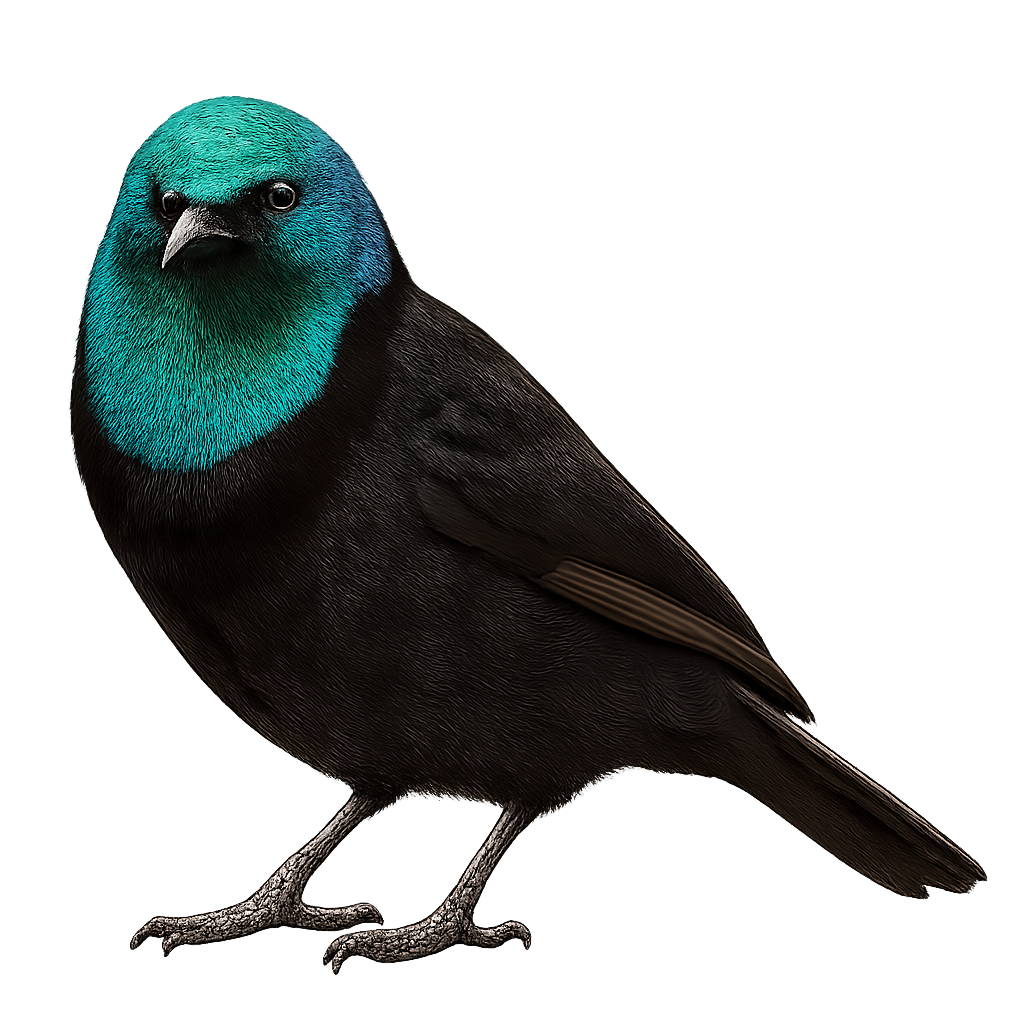Your wildlife photography guide.
Explore the ribbon-tailed astrapia in detail, study its behavior, prepare your shots.
Where to observe and photograph the ribbon-tailed astrapia in the wild
Learn where and when to spot the ribbon-tailed astrapia in the wild, how to identify the species based on distinctive features, and what natural environments it inhabits. The WildlifePhotographer app offers tailored photography tips that reflect the ribbon-tailed astrapia’s behavior, helping you capture better wildlife images. Explore the full species profile for key information including description, habitat, active periods, and approach techniques.
Ribbon-tailed Astrapia
Scientific name: Astrapia mayeri

IUCN Status: Near Threatened
Family: PARADISÉIDÉS
Group: Birds
Sensitivity to human approach: Suspicious
Minimum approach distance: 10 m
Courtship display: June to October
Incubation: 18-21 jours
Hatchings: June to November
Habitat:
Tropical rainforests, mountains, cloud forests
Activity period :
Primarily active during the day, with peak activity in the morning and late afternoon.
Identification and description:
The Ribbon-tailed Astrapia is a fascinating bird endemic to the mountainous forests of Papua New Guinea. Recognizable by its long, ribbon-like white tail, the male displays an iridescent black plumage with green and violet highlights. The female, more discreet, has brownish tones. This bird primarily inhabits tropical rainforests at altitudes between 1800 and 3500 meters. It feeds mainly on fruits, insects, and small animals. Its behavior is rather suspicious, making it difficult to observe. The breeding period is poorly documented, but it is known that the male performs spectacular courtship displays to attract the female.
Recommended lens:
400 mm – adjust based on distance, desired framing (portrait or habitat), and approach conditions.
Photography tips:
To photograph the Ribbon-tailed Astrapia, it is advisable to use a telephoto lens of at least 400 mm to capture the details of its iridescent plumage and long tail. Favor early morning hours to benefit from soft light and avoid harsh shadows. Be patient and discreet, as this bird is suspicious. A tripod can be useful to stabilize your camera, especially in the low-light conditions of tropical forests.
The WildlifePhotographer App is coming soon!
Be the first to explore the best nature spots, track rutting seasons, log your observations, and observe more wildlife.
Already 1 439 wildlife lovers subscribed worldwide

